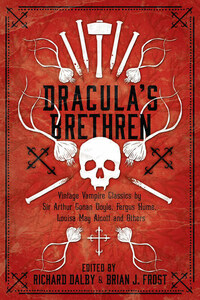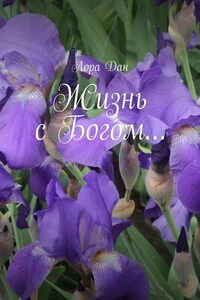The frontispiece from the 1820 edition of ‘The Bride of the Isles’.
HARPER
An imprint of HarperCollinsPublishers
1 London Bridge Street
London SE1 9GF
www.harpercollins.co.uk
First published in Great Britain by HarperCollinsPublishers 2017
Selection, Introduction, and Notes © Richard Dalby and Brian J. Frost 2017
Cover design and illustration by Mike Topping © HarperCollinsPublishers Ltd 2017
A catalogue copy of this book is available from the British Library.
This novel is entirely a work of fiction. The names, characters and incidents portrayed in it are the work of the author’s imagination. Any resemblance to actual persons, living or dead, events or localities is entirely coincidental.
All rights reserved under International and Pan-American Copyright Conventions. By payment of the required fees, you have been granted the non-exclusive, non-transferable right to access and read the text of this e-book on screen. No part of this text may be reproduced, transmitted, down-loaded, decompiled, reverse engineered, or stored in or introduced into any information storage and retrieval system, in any form or by any means, whether electronic or mechanical, now known or hereinafter invented, without the express written permission of HarperCollins.
Source ISBN: 9780008216481
Ebook Edition © May 2017 ISBN: 9780008216498
Version: 2017-04-05
ARRANGED chronologically, the nineteen stories in this anthology are culled from books and magazines published between 1820 and 1910, a period noted for producing some of the finest vampire tales ever written. The first vampire story to make a significant impact on European literature was ‘The Vampyre,’ by John William Polidori, which set a precedent by depicting the vampire as an aristocrat. Erroneously attributed to Lord Byron when it was first published in the April 1819 issue of The New Monthly Magazine, this story subsequently inspired a surge of popular interest in vampires and established the vampire’s image as a fatal lover.
In 1820 the French author Cyprien Bérard penned a novel-length sequel to Polidori’s story, titling it Lord Ruthwen ou les Vampires. This, in turn, formed the basis for James R. Planché’s play The Vampire; or, The Bride of the Isles, which had its first performance on the London stage in August 1820. Not long afterwards an anonymously-written short story adapted from the play, bearing the title ‘The Bride of the Isles: A Tale Founded on the Popular Legend of the Vampire,’ was put on sale by an enterprising Dublin publisher. Better than most vampire tales written in the early 1800s, its inclusion in the present volume marks its first appearance in an anthology exclusively devoted to vampire fiction.
The earliest known vampire story by an American writer, Robert C. Sands’ ‘The Black Vampyre: A Legend of Saint Domingo’ (1819), broke new ground by featuring a mulatto vampire. A more significant innovation, the introduction of the female vampire into prose fiction, is the main claim to fame of Ernst Raupach’s ‘Wake Not the Dead,’ which was, for many years, falsely attributed to Johann Ludwig Tieck. A cautionary tale about the folly of bringing the dead back to life, it was originally published in Leipzig in 1822, and received its first English translation a year later when it was included in Popular Tales and Romances of the Northern Nations. Less well-known is the quaintly titled story ‘Pepopukin in Corsica,’ in which a disagreeable suitor is sent packing by inspiring in him a dread of vampires. Originally published in 1827, in The Stanley Tales, Vol. 1, where it was credited to ‘A. Y.’, it was recently claimed that the author these initials belonged to was Arthur Young. Another story from the 1820s, this time by a French writer, is ‘The Unholy Compact Abjured’ (1825), by Charles Pigault-Lebrun, in which a soldier seeking shelter for the night encounters demonic vampires in a spooky chateau.
Russian literature’s first major contribution to the vampire canon was Nikolai Gogol’s ‘Viy,’ which comes from his 1835 collection








